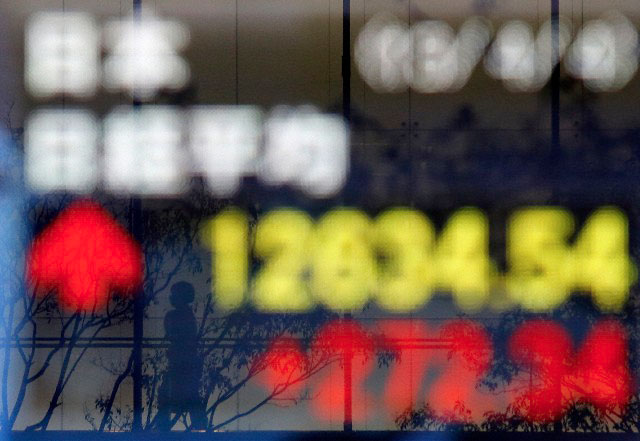A Security to Watch

Sometimes a new product comes along that offers a lot of promise. But no matter how good the story, take a long, hard look before buying
Every so often a security comes to my attention that I feel has excellent potential. However, I am reluctant to recommend it to readers for one reason or another.
Here’s an example: the Cambria Shareholder Yield ETF (NYSE: SYLD), which surfaced on my radar screen when a reader asked if it was worth considering for his portfolio.
I think it is, and here’s why. This is an actively-managed ETF (most track a benchmark index) that focuses on companies that have demonstrated their ability to return free cash flow to shareholders. SYLD invests in about 100 stocks with market caps in excess of $200 million that rank among the best in terms of paying cash dividends, engaging in net share repurchases, and paying down debt.
In other words, fund managers Mebane Faber and Eric Richardson look beyond a company’s dividend history in deciding which stocks to choose. Using their proprietary quantitative algorithm, they identify companies that use all three methods to pass on free cash flow to investors.
It’s obvious to most people how dividends and share repurchases fit into this matrix. Cambria Investment Management, which is based in Los Angeles, notes that more U.S. companies have shifted their payout mix to include share buybacks and that research suggests that this strategy can actually result in a higher yield than simply paying dividends.
As for debt reduction, the argument is that by paying down balance sheet debt a company reduces interest costs, thereby freeing up more cash for shareholder distribution.
This all boils down to a value investing approach with a twist.
The portfolio offers a diversified blend of large cap (65 per cent), mid cap (25 per cent), and small cap (10 per cent) stocks. The assets are spread over a range of sectors with consumer discretionary (19 per cent), financials (18 per cent), information technology (14 per cent), industrials (13 per cent), consumer staples (12 per cent), and health care (11 per cent) the largest groups. Some of the top names in the portfolio are Taser International, Boston Scientific, Gamestop, Manpower, Safeway, and Nu Skin Asia Pacific.
Performance so far has been quite good. As of Nov. 22, the ETF was up 15.3 per cent since its launch in mid-May plus investors had received one quarterly distribution of $0.124 per unit (figures in U.S. currency). The MER is 0.59 per cent, which is very reasonable for an actively managed fund.
So why not recommend it? The main problem is that we have no history to work with. The concept looks promising but there is no way of knowing whether the fund will outperform or underperform the market over time. Also, although the focus is on free cash flow, if the initial distribution is any indication income investors aren’t going to be happy with this ETF. If the $0.124 distribution were to hold for a year, the yield would only be 1.7 per cent based on a recent price of $28.83.
It’s also worth noting that this is a relatively small ETF by U.S. standards with only $124 million in assets. Investors haven’t been exactly clamouring to get on board.
I’ll take another look at it in a few months to see how it’s doing but for now I’ll hold off making a buy recommendation. Of course, if you like the idea feel free to purchase a few shares but I suggest you speak to a financial adviser first.
This article originally appeared in the Internet Wealth Builder, a weekly e-mail newsletter that provides timely financial advice from some of Canada’s top money experts. For more information about becoming an Internet Wealth Builder member, go here.